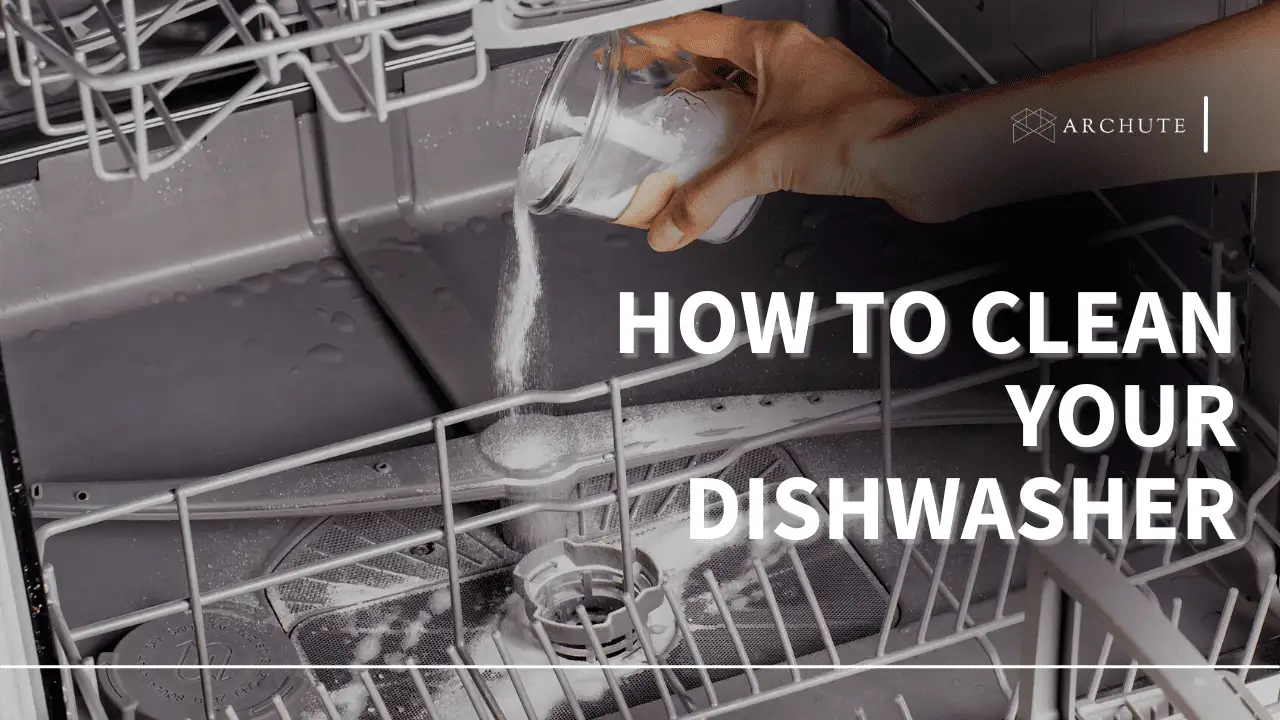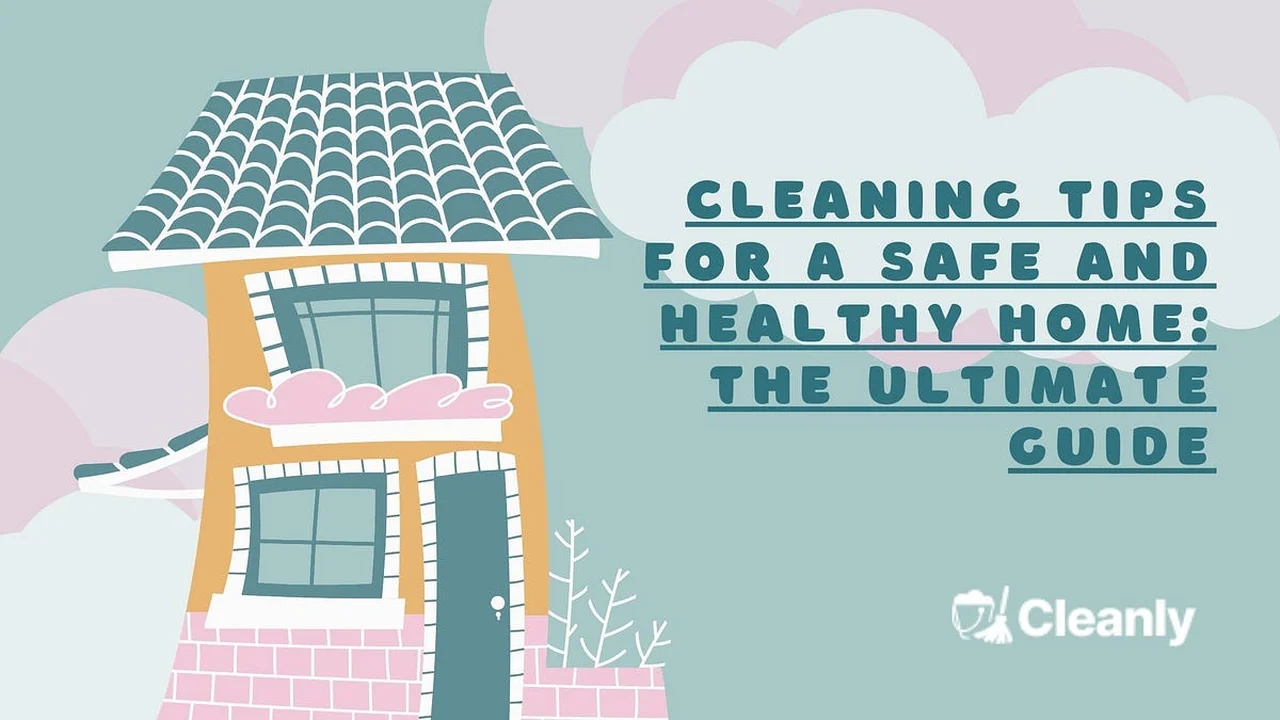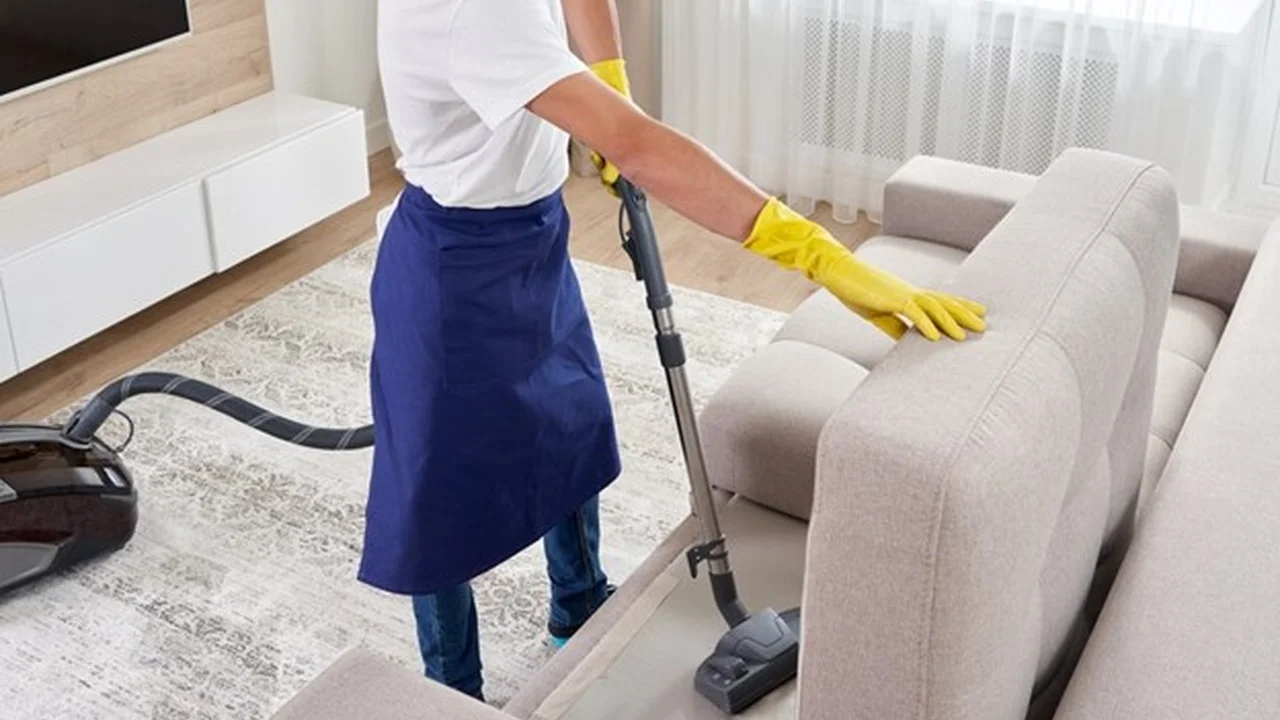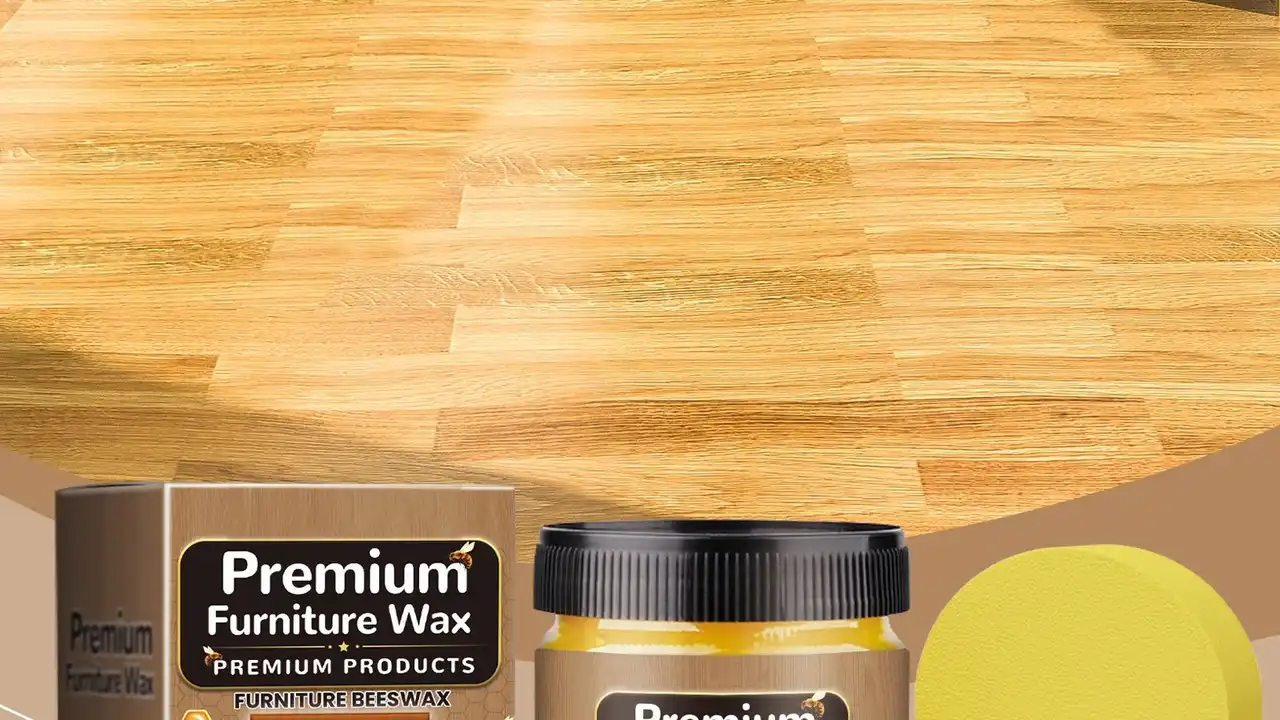Chimney Cleaning Services: Ensuring Safety and Efficiency
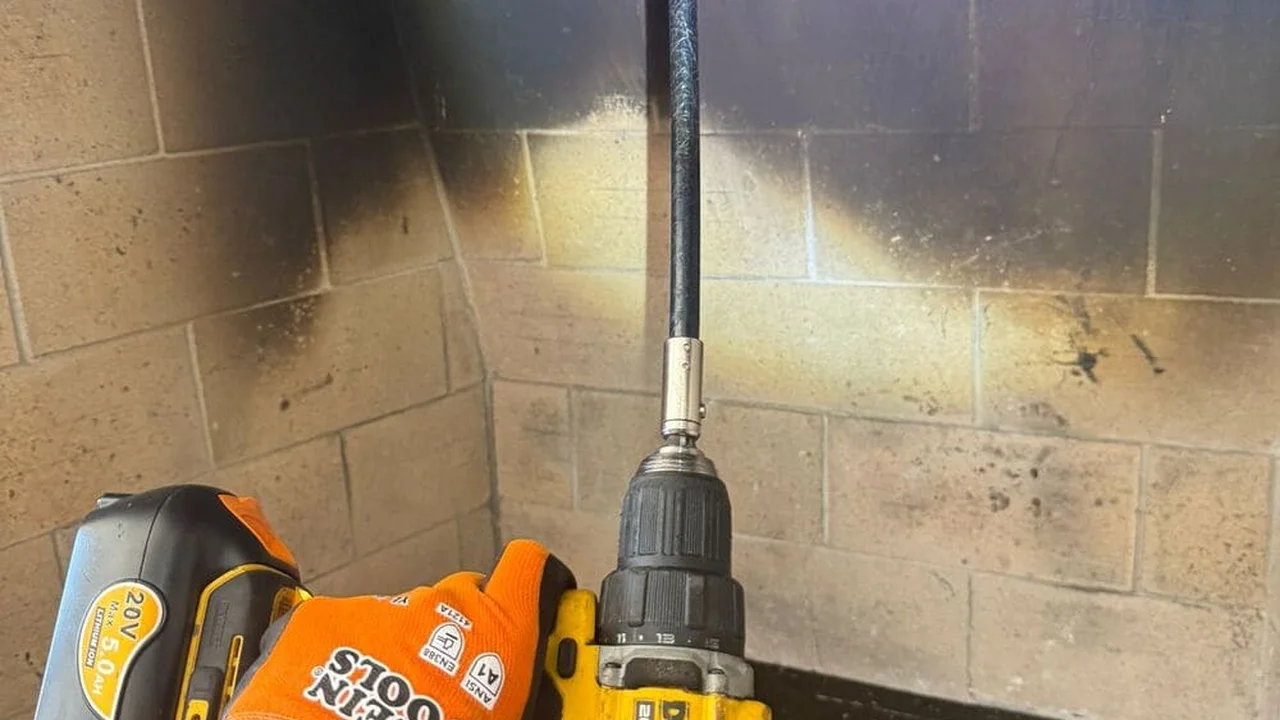
Why Professional Chimney Cleaning is Essential for Home Safety and Efficiency
Hey there! Ever wondered why your fireplace isn't roaring like it used to? Or maybe you've noticed a funny smell wafting from your chimney? Chances are, it's time for a chimney cleaning. Now, you might think, "Eh, I can handle it myself." But trust me, professional chimney cleaning services are a game-changer for your home's safety and efficiency. Let's dive into why!
First off, creosote buildup is a major fire hazard. Creosote is that nasty, black, tar-like substance that accumulates inside your chimney as a byproduct of burning wood. It's highly flammable, and even a small spark can ignite it, leading to a chimney fire. These fires can spread quickly and cause serious damage to your home, not to mention putting your family at risk. A professional chimney sweep will remove this creosote, minimizing the risk of a fire.
Beyond fire safety, a clean chimney also improves the efficiency of your fireplace or wood-burning stove. When creosote and debris build up, they restrict airflow, making it harder for your fire to burn properly. This means you'll need more wood to generate the same amount of heat, costing you money and wasting resources. A clean chimney allows for better airflow, resulting in a hotter, more efficient fire. Plus, it reduces the amount of smoke and pollutants released into your home and the environment.
And let's not forget about carbon monoxide! A blocked chimney can prevent carbon monoxide from escaping your home, which is a silent killer. Carbon monoxide is odorless and colorless, making it difficult to detect. Professional chimney sweeps can identify and address any blockages or structural issues that could lead to carbon monoxide poisoning, ensuring your family's safety.
Understanding Creosote Formation and the Importance of Regular Chimney Inspections
So, what exactly is creosote, and why is it so dangerous? Creosote is formed when wood burns incompletely. The smoke contains various gases and particles that condense on the cooler surfaces of your chimney flue. Over time, these deposits harden and accumulate, forming layers of creosote. There are three stages of creosote buildup, each with its own level of flammability.
The first stage is a light, flaky deposit that's relatively easy to remove. The second stage is a more tar-like substance that's harder to clean. And the third stage is a hard, glazed coating that's extremely difficult and dangerous to remove. This third stage is the most flammable and poses the greatest risk of a chimney fire.
Regular chimney inspections are crucial for identifying creosote buildup and other potential problems. A qualified chimney sweep will inspect your chimney flue, looking for cracks, blockages, and signs of creosote buildup. They'll also check the condition of your chimney cap, crown, and other components to ensure they're in good working order. Early detection of problems can prevent costly repairs and ensure your chimney is safe to use.
Ideally, you should have your chimney inspected at least once a year, even if you don't use your fireplace frequently. If you burn wood regularly, you may need to have it inspected more often. A good rule of thumb is to have it inspected after every cord of wood burned.
Choosing the Right Chimney Cleaning Services Professional Qualifications and Experience
Okay, so you're convinced that professional chimney cleaning is a must. But how do you choose the right chimney sweep? Not all chimney sweeps are created equal, and it's important to find someone who's qualified, experienced, and trustworthy.
First and foremost, make sure the chimney sweep is certified by a reputable organization, such as the Chimney Safety Institute of America (CSIA). CSIA-certified sweeps have undergone rigorous training and testing, demonstrating their knowledge and expertise in chimney cleaning and safety. Certification ensures that the sweep is up-to-date on the latest industry standards and best practices.
Experience is also key. Look for a chimney sweep who has been in business for several years and has a proven track record of providing quality service. Ask for references from previous customers and check online reviews to get a sense of their reputation. A reputable chimney sweep will be happy to provide you with references and answer any questions you may have.
Don't be afraid to ask about their cleaning methods and equipment. A professional chimney sweep will use specialized tools and equipment to thoroughly clean your chimney flue, including brushes, vacuums, and inspection cameras. They should also be able to explain their cleaning process in detail and answer any questions you have about the equipment they use.
Finally, make sure the chimney sweep is insured and licensed. This protects you in case of any accidents or damage that may occur during the cleaning process. Ask for proof of insurance and licensing before hiring a chimney sweep.
DIY Chimney Cleaning vs Professional Services Pros and Cons
Alright, let's talk about DIY chimney cleaning. While it might seem like a cost-effective option, there are several factors to consider before tackling this project yourself. On the one hand, DIY chimney cleaning can save you money in the short term. You can purchase chimney cleaning brushes and rods at your local hardware store and follow online tutorials to guide you through the process.
However, DIY chimney cleaning can be dangerous if you don't know what you're doing. Climbing on your roof can be risky, and you could easily fall and injure yourself. Additionally, you may not be able to properly clean your chimney flue without the right tools and equipment. Incomplete cleaning can leave behind creosote deposits, which can still pose a fire hazard.
Furthermore, DIY chimney cleaning doesn't include a thorough inspection of your chimney. A professional chimney sweep will be able to identify potential problems, such as cracks, blockages, and structural issues, that you may not be able to spot yourself. These problems can lead to costly repairs down the road.
In the long run, professional chimney cleaning services are a better investment. They ensure your chimney is thoroughly cleaned, inspected, and safe to use. Plus, they provide peace of mind knowing that your home and family are protected from fire hazards and carbon monoxide poisoning.
Tools and Equipment Used in Professional Chimney Cleaning Services
So, what kind of tools and equipment do professional chimney sweeps use? Here's a rundown of some of the most common items:
- Chimney Brushes: These come in various shapes and sizes to fit different chimney flues. They're used to scrub the inside of the chimney, removing creosote and debris.
- Chimney Rods: These are flexible rods that attach to the chimney brush, allowing the sweep to reach the entire length of the chimney flue.
- Chimney Vacuum: This is a specialized vacuum designed to collect the creosote and debris that's dislodged during the cleaning process. It prevents the dust and particles from spreading throughout your home.
- Inspection Camera: This is a small camera that's attached to a flexible rod, allowing the sweep to inspect the inside of the chimney flue for cracks, blockages, and other problems.
- Drop Cloths and Protective Gear: These are used to protect your home from dust and debris during the cleaning process. The sweep will also wear protective gear, such as gloves and a mask, to protect themselves from the creosote and other contaminants.
Cost of Chimney Cleaning Services Factors Affecting Pricing
Okay, let's talk about the cost of chimney cleaning services. The price can vary depending on several factors, including:
- The type of chimney: Different types of chimneys, such as masonry chimneys and metal chimneys, require different cleaning methods and equipment.
- The height of the chimney: Taller chimneys require more time and effort to clean, which can increase the cost.
- The amount of creosote buildup: Heavily soiled chimneys require more thorough cleaning, which can also increase the cost.
- The location of your home: Prices may vary depending on the cost of living in your area.
- The reputation and experience of the chimney sweep: More experienced and reputable sweeps may charge higher prices.
On average, you can expect to pay between $150 and $300 for a standard chimney cleaning. However, the price may be higher if your chimney is particularly dirty or requires additional repairs. It's always a good idea to get quotes from several different chimney sweeps before making a decision.
Maintaining Your Chimney After Cleaning Tips for Long-Term Chimney Health
Once your chimney is cleaned, there are several things you can do to maintain its health and prevent future problems:
- Burn seasoned wood: Seasoned wood is wood that has been dried for at least six months. It burns hotter and cleaner than green wood, producing less creosote.
- Avoid burning trash or treated wood: Burning trash or treated wood can release harmful chemicals into your chimney, which can damage the flue and increase the risk of a chimney fire.
- Install a chimney cap: A chimney cap prevents rain, snow, leaves, and animals from entering your chimney. This can help prevent blockages and water damage.
- Schedule regular chimney inspections: Regular inspections can help identify potential problems early on, preventing costly repairs down the road.
Product Recommendations for Fireplace and Chimney Maintenance
Now, let's talk about some products that can help you maintain your fireplace and chimney:
- Creosote Remover Logs: These logs contain chemicals that help break down creosote buildup in your chimney. They're easy to use and can help reduce the risk of a chimney fire. *Brand Recommendation: Rutland Safe Lite Creosote Remover Log *Usage Scenario: Burn one log every 30 fires to help prevent creosote buildup. *Price: Approximately $15 per log.
- Chimney Sweep Brushes: If you're comfortable cleaning your chimney yourself, a chimney sweep brush is a must-have. Choose a brush that's the right size and shape for your chimney flue. *Brand Recommendation: Gardus RCH206 Rotary Chimney Cleaning System *Usage Scenario: Use this rotary system with your drill to thoroughly clean your chimney. *Price: Approximately $150.
- Firewood Moisture Meter: This tool measures the moisture content of your firewood. Burning wood with a moisture content of less than 20% will help reduce creosote buildup. *Brand Recommendation: General Tools MMD4E Digital Moisture Meter *Usage Scenario: Check the moisture content of your firewood before burning it. *Price: Approximately $20.
- Chimney Balloon: This inflatable balloon seals off your chimney when you're not using your fireplace, preventing drafts and heat loss. *Brand Recommendation: Chimney Balloon Draft Stopper *Usage Scenario: Inflate and insert into the chimney flue when the fireplace is not in use to prevent drafts. *Price: Approximately $40 - $80 depending on size.
Product Comparison
Creosote Remover Logs vs. Manual Cleaning: Creosote remover logs are a convenient option for maintaining a relatively clean chimney, but they are not a substitute for professional cleaning, especially if there is significant creosote buildup. Manual cleaning with brushes provides a more thorough removal of creosote. Logs are good for preventative maintenance, while brushes and professional services are better for addressing existing problems.
Rotary Chimney Cleaning System vs. Traditional Brushes: Rotary systems like the Gardus RCH206 use a drill to power the brush, making cleaning faster and more efficient, especially for stubborn creosote. They are more expensive initially but can save time and effort. Traditional brushes are more affordable but require more manual effort.
Safety Precautions During Chimney Cleaning Services Protecting Your Home and Family
Safety should always be a top priority during chimney cleaning services. Here are some precautions to take:
- Clear the area around the fireplace: Remove any flammable materials, such as rugs, curtains, and furniture, from the area around the fireplace.
- Wear protective gear: Wear gloves, a mask, and eye protection to protect yourself from dust and debris.
- Ventilate the area: Open windows and doors to ventilate the area and prevent the buildup of dust and fumes.
- Use a ladder safely: If you're cleaning the chimney yourself, make sure to use a ladder safely. Follow the manufacturer's instructions and have someone spot you.
- Call a professional if you're uncomfortable: If you're not comfortable cleaning the chimney yourself, don't hesitate to call a professional.
:max_bytes(150000):strip_icc()/277019-baked-pork-chops-with-cream-of-mushroom-soup-DDMFS-beauty-4x3-BG-7505-5762b731cf30447d9cbbbbbf387beafa.jpg)



